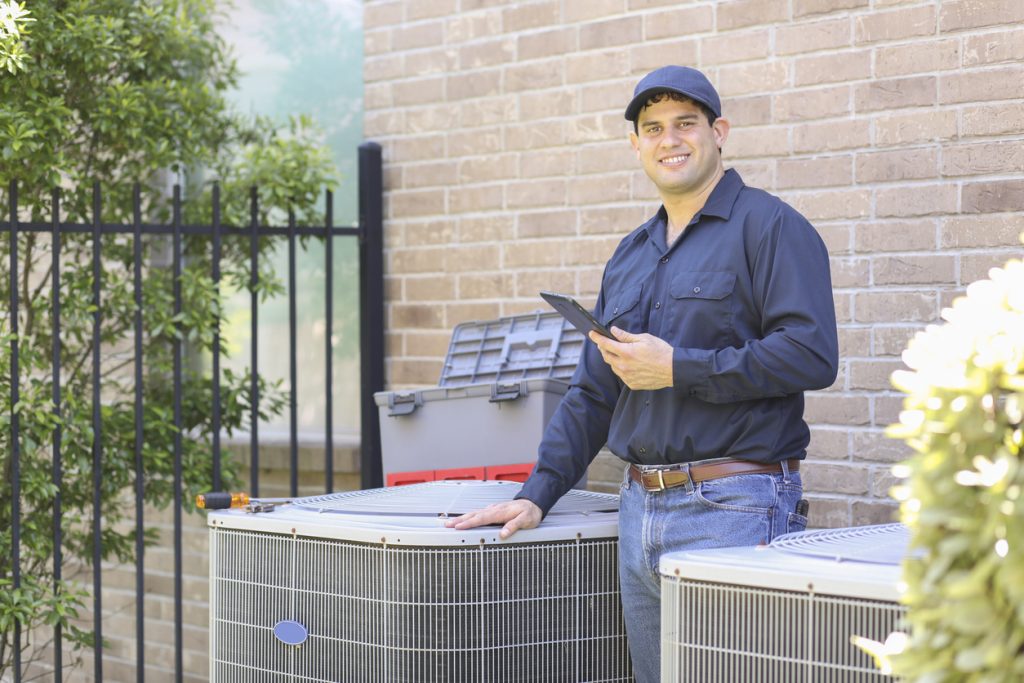
5 Reasons HVAC Contractors Need Flat Rate Pricing Software
Your business deserves better than just winging it with handwritten quotes and guesswork. Customers expect fast, transparent pricing, and you deserve a system that protects your time and your profits. Flat rate pricing software isn’t just a convenience—it’s your competitive edge.
Below are five powerful reasons why HVAC contractors need to make the switch this year—plus some helpful stats, resources, and next steps to get moving.
1. Transparent Pricing Builds Trust (and Faster Yeses)
Homeowners want clear, upfront pricing—no surprises, no sticker shock. Access to vast amounts of information and choices online allows consumers to be picky. Many prefer to comparison shop before making a purchasing decision.
Why it matters:
Studies show that over 90% of consumers value transparency in service pricing (Forbes).
Transparent pricing leads to fewer disputes, faster approvals, and happier customers.
Tips for action:
Use software that prints or emails detailed service quotes instantly.
Include descriptions and warranty info so customers understand what they’re paying for.
Stand out among your competition with honest and transparent pricing. Your customers will appreciate it.
2. Boost Tech Productivity with Instant Estimates
Time is money—especially in the field. Real-time pricing that integrates with your accounting and field service softwares ensures accurate estimates and eliminates guesswork. Flat rate pricing software lets your techs build quotes in seconds, not minutes. Then they’re on to the next job faster.
Next steps:
Train your techs to build estimates on tablets or mobile devices.
Set a performance goal: reduce time-to-quote by 50% in 30 days.
Quick win: Add service bundling to your software so techs can upsell IAQ or maintenance plans on the spot.
Simplify your pricing with a flat rate strategy that makes estimates easy for your technicians. Boost accuracy by removing manual calculations.
3. Stay Ahead of 2025 HVAC Regulations

EPA changes are rolling out. These prohibitions and restrictions affect refrigeration and air conditioning units, especially with new limits on substances like R-410A. New refrigerant rules and SEER2 updates are shifting your cost base—and it’s risky to guess.
Why it matters:
The materials cost of new HVAC units may increase 20% or more as opposed to non-compliant units (ConsensusDocs).
Tips for action:
Use software that auto-updates pricing catalogs to match regulation changes.
Add notes to quotes explaining new fees due to compliance changes.
Resource: ACCA – Updates on current HVAC code changes and refrigerant rules.
4. Lock in Profits with Real Job Costing
If you’re not tracking labor, parts, and overhead per job—you’re probably undercharging. Accurate job costing tracks all expenses for an individual job or project and allows businesses to identify significant costs and take action strategically.
Why it matters:
Departmentalization of overhead is necessary to create a selling price that won’t put you out of business. If you want to profit, your gross profit needs to be larger than your overhead costs.
Next steps:
Calculate your overhead costs by department (e.g. replacement, service, etc.)
Research and determine the best pricing method for you.
Set up your pricing matrix to include true cost + markup.
Review top-selling items each quarter to adjust for cost changes.
Pro tip: Use tools that allow “what-if” pricing scenarios—so you can adjust labor rates, trip fees, and parts prices and instantly see the impact.
5. Use Data to Drive Smarter Decisions
Flat rate software doesn’t just spit out prices—it collects powerful insights. Use data to proactively adjust service offerings and grow revenue.
Tips for action:
Track performance by technician, job type, and average ticket size.
Review monthly reports and adjust your pricing based on actual job costs.
Next steps:
Start by setting up monthly service KPIs.
Compare labor time estimates to actuals—find your bottlenecks.
Conclusion
The HVAC landscape is changing fast—and so should your pricing strategy. Flat rate pricing software is your ticket to simpler estimates, higher efficiency, airtight compliance, and healthier profits.
If you’re still relying on spreadsheets or scribbled quote pads, it’s time to level up.
